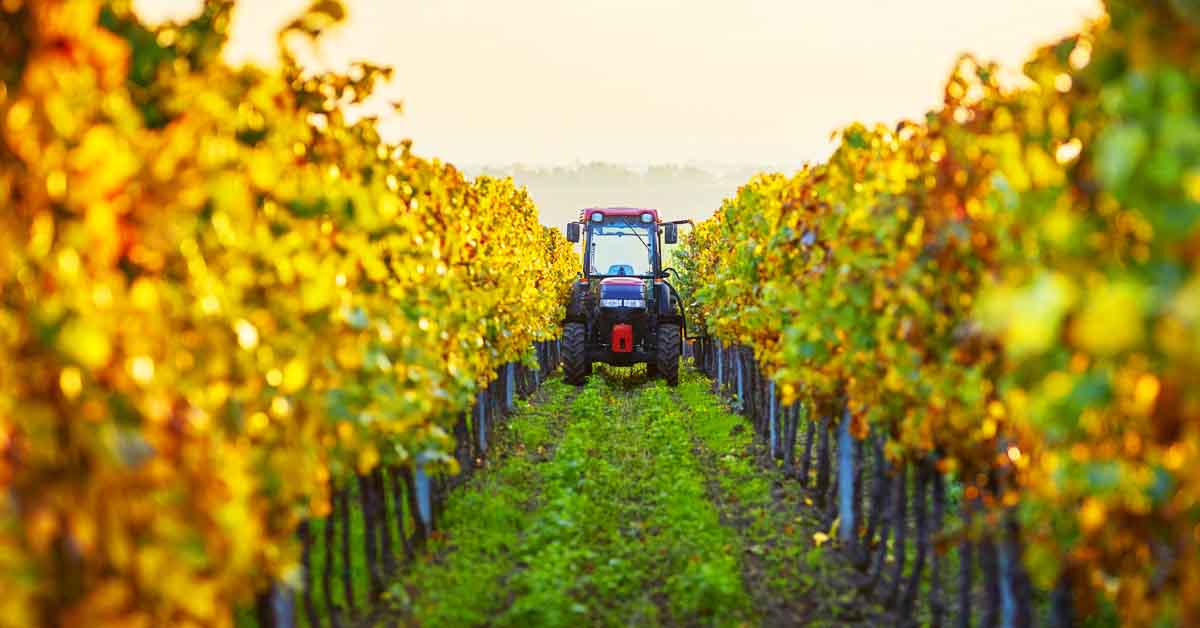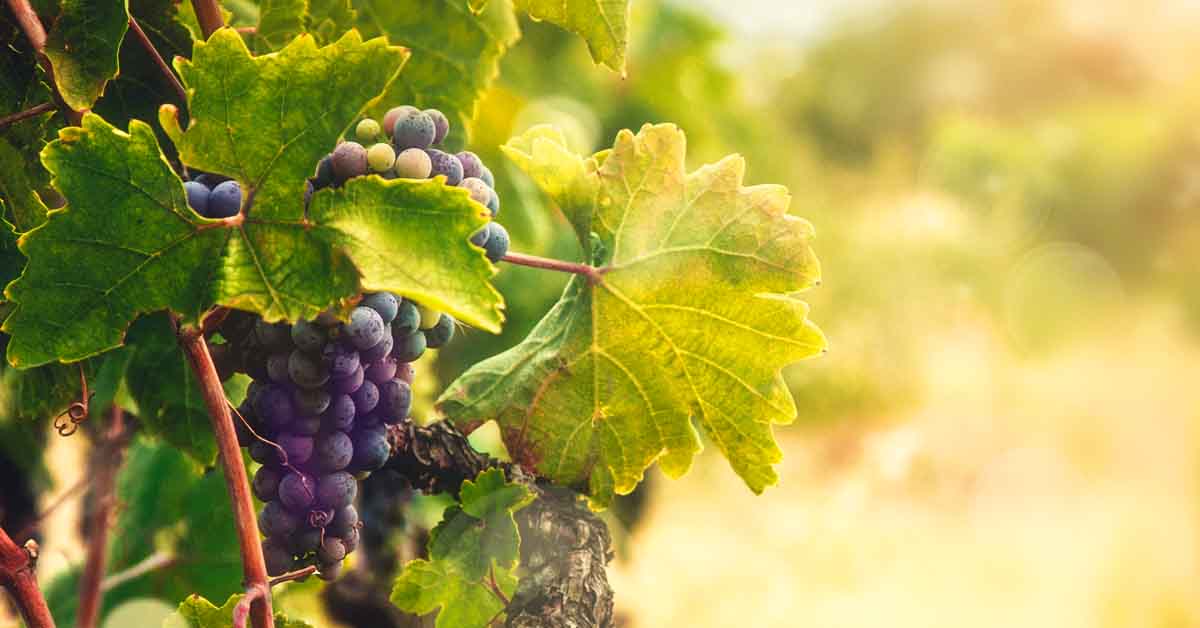They might be hidden underground, but roots provide physical support and a channel for water and nutrients to make their way to the grape. The same is true of legal structures.
How land, assets and businesses are structured make a major difference to the management and distribution of income and tax. For example, it can be more tax efficient to hold a vineyard in a trust or partnership than as individuals or companies. Tax advantages should be weighed against increased management and governance obligations that alternative structures generally demand. Structure is especially important for international buyers.
Corporate
Just as an early frost can ruin a crop, an unexpected tax bill can ruin your cash forecast and harm both investment and distribution. Tax will present itself at every stage so at a business level, keep in mind the following:
- Establish the right structure at the outset – tax, liability and exit strategy will inform this decision.
- You should ensure you get proper advice on SDLT and VAT when buying property.
- The vineyard will be cash thirsty in the early years and tax will dictate, to a degree, how that money is infused into the business (i.e. debt or equity).
- Building, converting and repairing the facilities is expensive and time consuming but with care that expenditure may be relievable from both VAT and capital allowance perspectives.
- To attract and retain talented employees, you ought to consider share incentives and ensure that these arrangements accrue the right amount of tax and NICs.
- You need to ensure that the correct duties are paid on any imports.
- A successful exit – whether that is a sale, IPO or transfer to the next generation – is likely to be taxing but thinking ahead and early implementation may ameliorate this.
Onshore
Disposing of a vineyard/winery or the death of the owner can also give rise to tax liabilities:
Death
Inheritance tax (“IHT”)
Subject to exemptions and reliefs, on a death IHT is due at a maximum rate of 40% on the value of a UK-domiciled individual’s worldwide estate above their available nil rate band (“NRB”) (currently £325,000). With proper tax planning, valuable IHT reliefs that can reduce or eliminate the IHT on vineyard assets, leaving them for future generations to enjoy:
- Agricultural land: Agricultural Property Relief (“APR”) is either 50% or 100% (depending on how the land is farmed/managed) on the agricultural value of land and buildings. This specifically includes land and buildings used to make grapes for wine and, sometimes, extends to a main house from which vineyard and winery operations are controlled.
APR is limited to the agricultural value so, depending on the area, the agricultural value may be less than the market value, resulting in IHT on the difference. - Business property:Business Property Relief (“BPR”) is either 50% or 100% (depending on the nature of the assets) on the market value of qualifying businesses (including stock), business interests (e.g. a partner’s share in a partnership) and land, buildings and machinery used in a business. BPR is better than APR as it applies to market value that, as mentioned above, might exceed agricultural value.
To qualify for BPR a business must be wholly or mainly trading, meaning that (for example) a property letting businesses would not qualify. However, even if a vineyard and winery are only one part of a diversified business, provided that business is wholly or mainly trading (and so, currently, at least 51% trading vs. 49% investment), it should qualify for BPR.
Capital Gains Tax ("CGT")
CGT arises on the disposal of assets at a gain, at a maximum rate of 28% on residential property and 20% on anything else. On a death, the base cost of an individual’s assets (on which the gain is calculated) increases to the market value at death. Therefore, the new owner’s base cost will be higher, thereby reducing the CGT they pay on a later disposal.
Lifetime
IHT
Lifetime gifts in the seven years before an individual’s death will, ordinarily, affect the IHT due on that individual’s estate. APR and BPR can apply to lifetime gifts however, so that even if they are made within seven years of an individual’s death, they are not subject to (and do not affect) the IHT position.
CGT
Even if IHT relief is available, the disposal of a vineyard/winery (and even bottles of wine) can still trigger CGT unless CGT exemptions/reliefs apply. The most important reliefs for vineyard and winery owners are:
- Hold over relief: The CGT due on the disposal of certain businesses, business interests and assets and agricultural property can be deferred, so that no CGT is due on a disposal. The recipient then takes the assets at the previous owner’s base cost (and so, on a later disposal by them, their gain will be calculated accordingly);
- Business Asset Disposal Relief: Business owners (that own at least 5% of a business) can claim relief on the sale of all or part of their business, so that they only pay 10% CGT. The relief is capped so that an individual can only claim relief on up to £1 million of their assets during their life; and
- Wasting Assets Exemption: Assets with a shelf life of less than fifty years are not subject to CGT. Although, HMRC have argued that certain fortified wines have a longer shelf life than fifty years, most wines will qualify as wasting assets. Certain vehicles and machinery that are used in a vineyard or winery will also be considered wasting assets and exempt.
Offshore
For buyers of vineyards and wineries who are non-UK resident for tax purposes and/or non-UK domiciled (which, broadly speaking, means that they do not intend to reside in the UK permanently or indefinitely), there are additional considerations (and opportunities).
- Individuals non resident in the UK are liable to higher rates of stamp duty land tax on the acquisition of UK residential property, so you must seek advice early in the acquisition process.
- UK income tax and CGT are predominantly territorial and generally impose income tax and/or CGT on non-UK residents for UK income and gains on the sale of UK assets (subject to any relief under an applicable double tax treaty).
- UK residents are, in principle, subject to UK income tax and CGT on their worldwide income. However, individuals who are UK resident but non-UK domiciled can claim the favourable ‘remittance basis’ of tax for their first 15 years of tax residence, meaning:
- they will be subject to income tax on UK source income, and CGT on gains realised on disposals of UK assets; but
- they will generally only be taxed on income or gains from assets outside the UK if the income or gains are "remitted" (i.e. brought to, used in or otherwise enjoyed in the UK).
Where possible, non-UK domiciled individuals planning on relocating to the UK as part of the acquisition of a vineyard or winery should time receipts of income and gains so they occur prior to becoming UK tax resident. It should then be possible to bring those funds to the UK tax free after the individual becomes UK tax resident.
However, if it is not possible to generate income or gains prior to becoming UK tax resident, all is not lost. If a UK vineyard or winery is (or will be) operated as a business, it may, with careful structuring, be possible for ‘remittance basis’ taxpayers to use non-UK income and gains to invest in that business (via a private company) without triggering a taxable remittance, by taking advantage of ‘business investment relief’.
- Non-UK domiciled individuals will, generally, be liable for UK inheritance tax only on UK assets until they have been UK tax resident for more than 15 years (at which point their worldwide assets will come within the scope of inheritance tax). While it is no longer possible to shelter UK residential property from UK inheritance tax by holding it via a non-UK incorporated company, it may be possible to use this approach to shelter UK commercial property (which should encompass vineyards and wineries) from UK inheritance tax (payable at 40%, absent any available reliefs or exemptions).
The Business
Just as no vintner wants to sell a corked bottle of wine, no purchaser of a vineyard or winery wants to buy a tainted business.
Vineyards and wineries
A great bottle of wine is a wonderfully elegant, simple thing. But the process of making it is complicated. Small variables in soil, climate, management and markets can make the difference between a great year and an average one.



